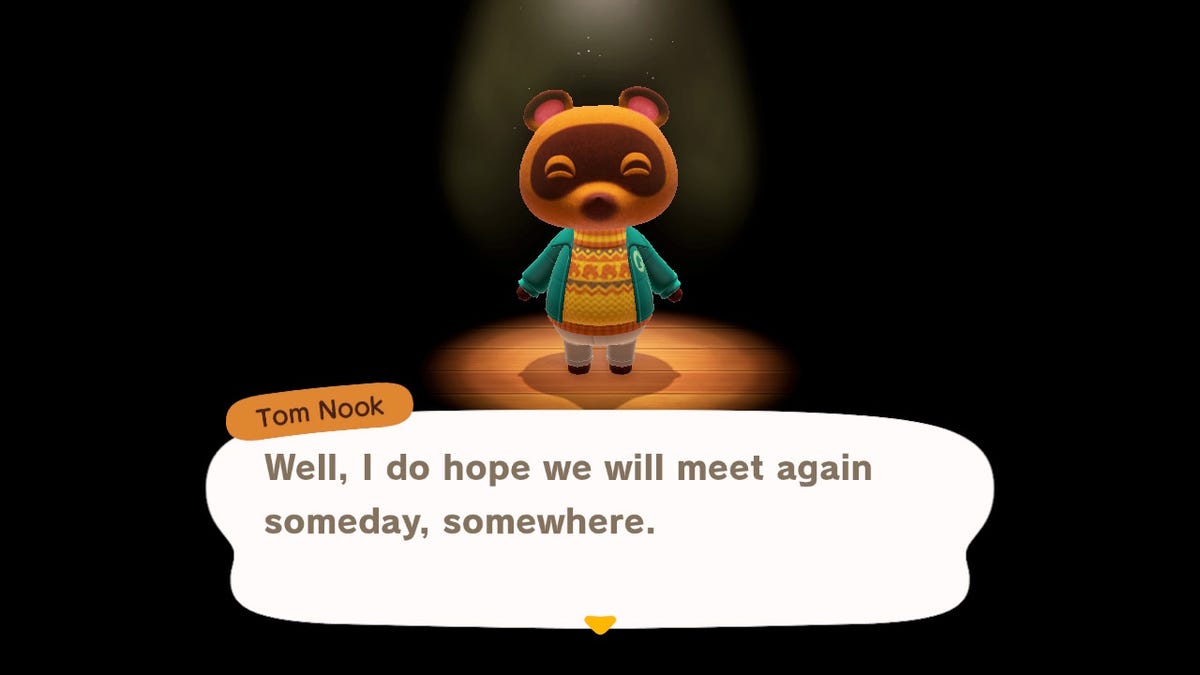The Golden Rule of Game Promotion: No One Cares About Your Game

In this GDC 2023, talk, the "no one cares about your game" mindset gets explained and shows how this simple marketing philosophy can help teams laser focus their social media posts, keep their trailers to-the-point, write better emails, and shape a wider PR campaign mindset.
Thomas Reisenegger gives a fascinating and actionable overview of how to think about marketing indie games. Some principles are timeless; others are targeted to the current social media landscape.
My favorite insight (and one that has frustrated me when it isn’t followed) is that all your marketing should “work for the newcomers”. It’s important to remember that every post, trailer, etc. you make will be the first time a significant number of people will even hear of your game.








